The India Pompe Disease Treatment Market is characterized by its dynamic competitive landscape, where several key players are striving to establish their presence and enhance treatment options for patients suffering from this rare genetic disorder. As awareness of Pompe disease increases among healthcare professionals and the general public, the market is witnessing significant growth opportunities.
This growth is fueled by advances in treatment modalities, improved diagnostic techniques, and the rising demand for specialized therapies in the Indian healthcare ecosystem. The competitive insights reveal that companies are focusing on research and development to innovate effective treatments while also forming strategic partnerships to bolster their market share.
Increased investment in healthcare infrastructure and patient-centric approaches are also instrumental in driving the competitive dynamics of the market.
Repligen Corporation has emerged as a notable entity within the India Pompe Disease Treatment Market, distinguished by its strong commitment to developing advanced therapeutic options. The company has a robust pipeline that includes innovative enzyme replacement therapies that are critical for effectively addressing Pompe disease.
Repligen Corporation's strength lies in its ability to leverage cutting-edge technology and research capabilities, ensuring that it remains at the forefront of treatment advancements.
Moreover, the company has cultivated strategic collaborations with local healthcare institutions and research organizations in India, which enhances its market presence and supports its objective of delivering high-quality and accessible treatments for patients.
Pfizer holds a significant position in the India Pompe Disease Treatment Market, recognized for its extensive portfolio of pharmaceutical products and therapies that address rare diseases, including Pompe disease.
The company offers various key products that provide effective treatment solutions, enhancing the quality of life for affected patients. Pfizer's strengths in the Indian market are underscored by its vast distribution network, strong relationships with healthcare providers, and a commitment to patient education.
The company's capacity for innovation is further reflected in its investments in research and development, leading to the introduction of new therapies tailored for the Indian population.
Additionally, Pfizer has engaged in strategic mergers and acquisitions that complement its existing capabilities and expand its reach within the region, reinforcing its presence in the competitive landscape of Pompe disease treatment in India.


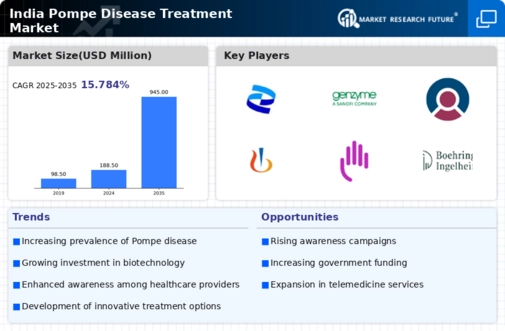
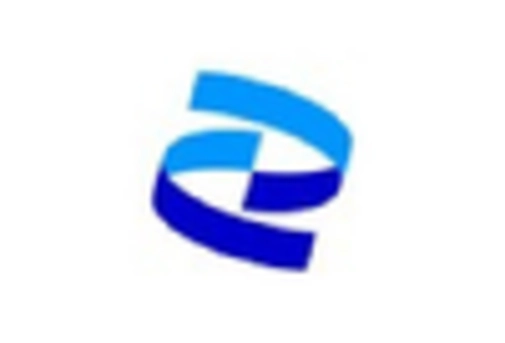
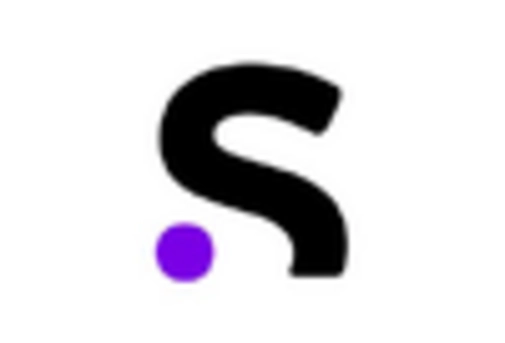

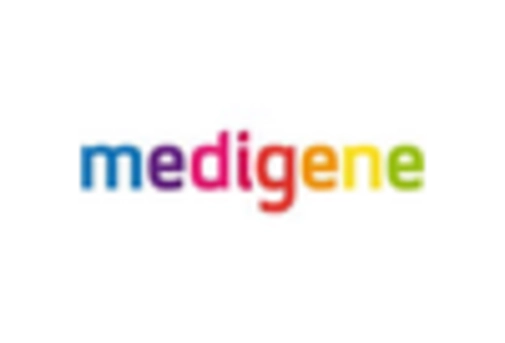
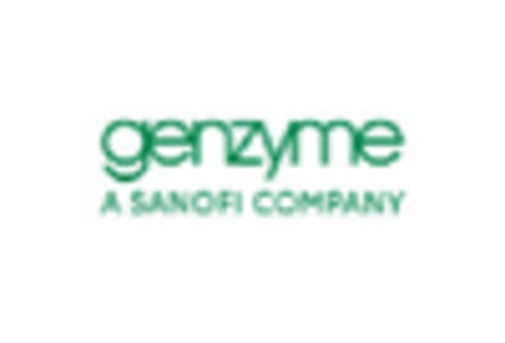













Leave a Comment